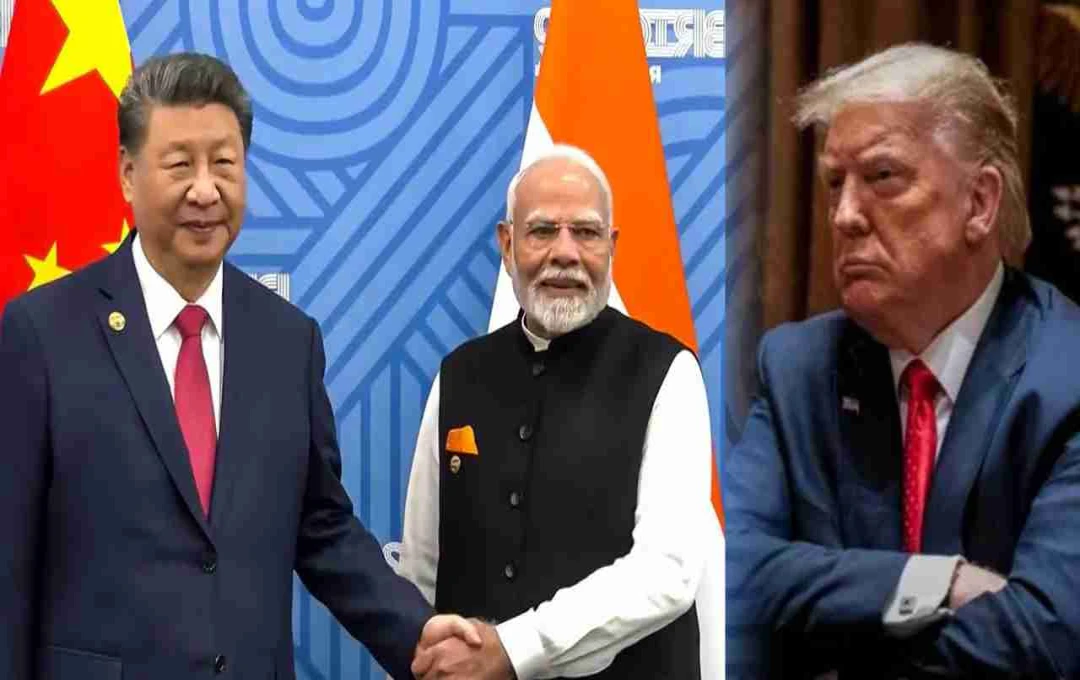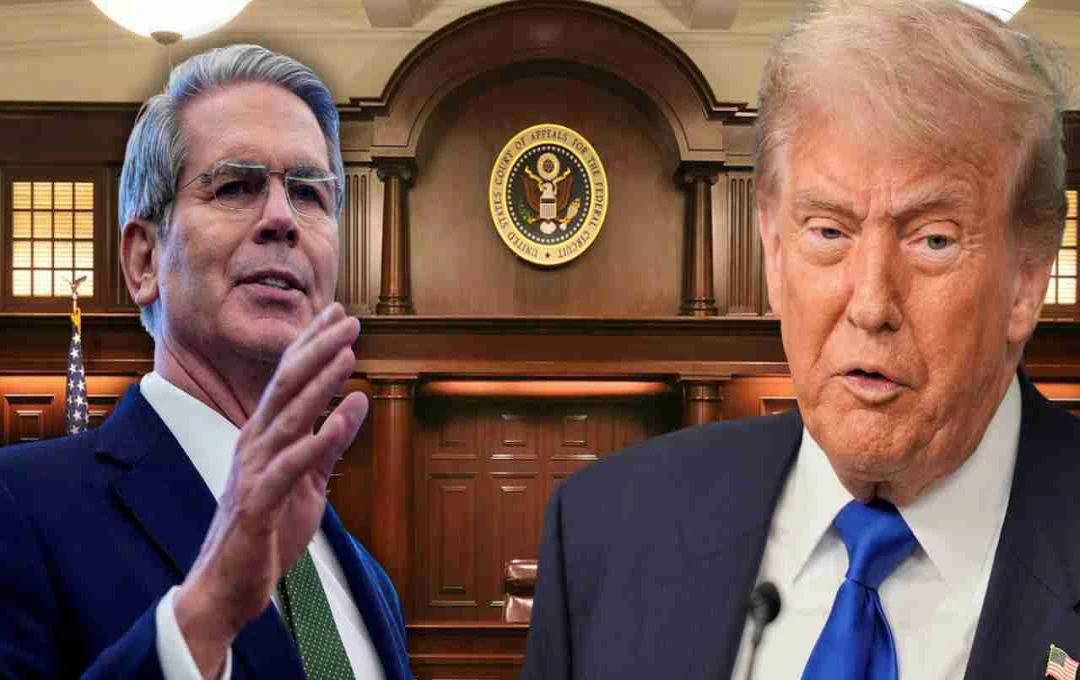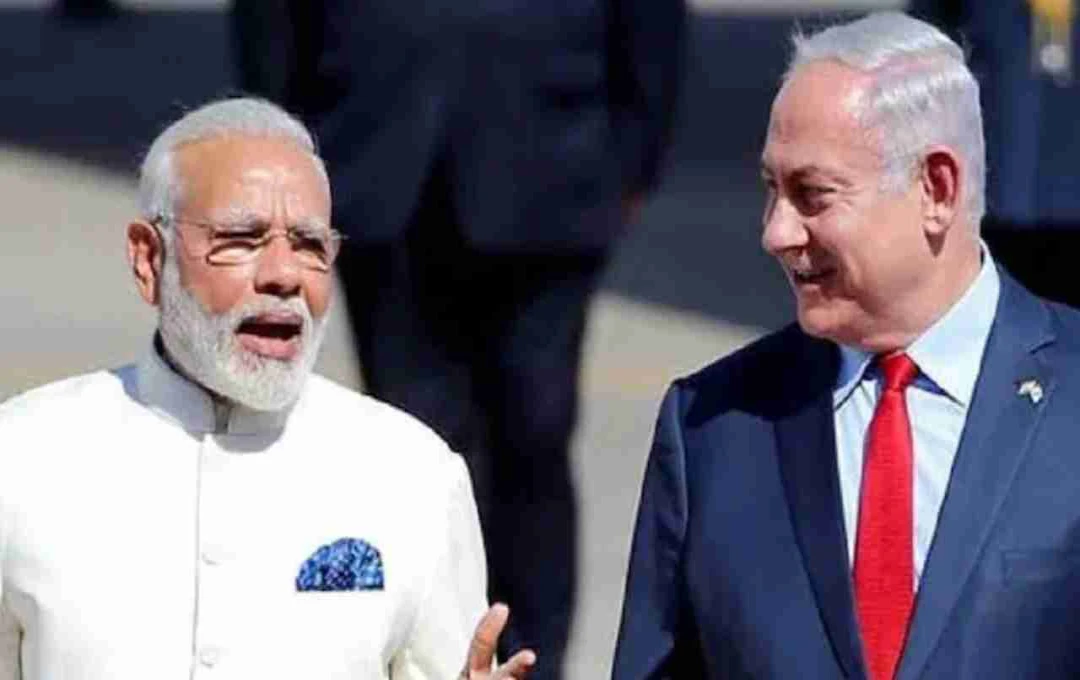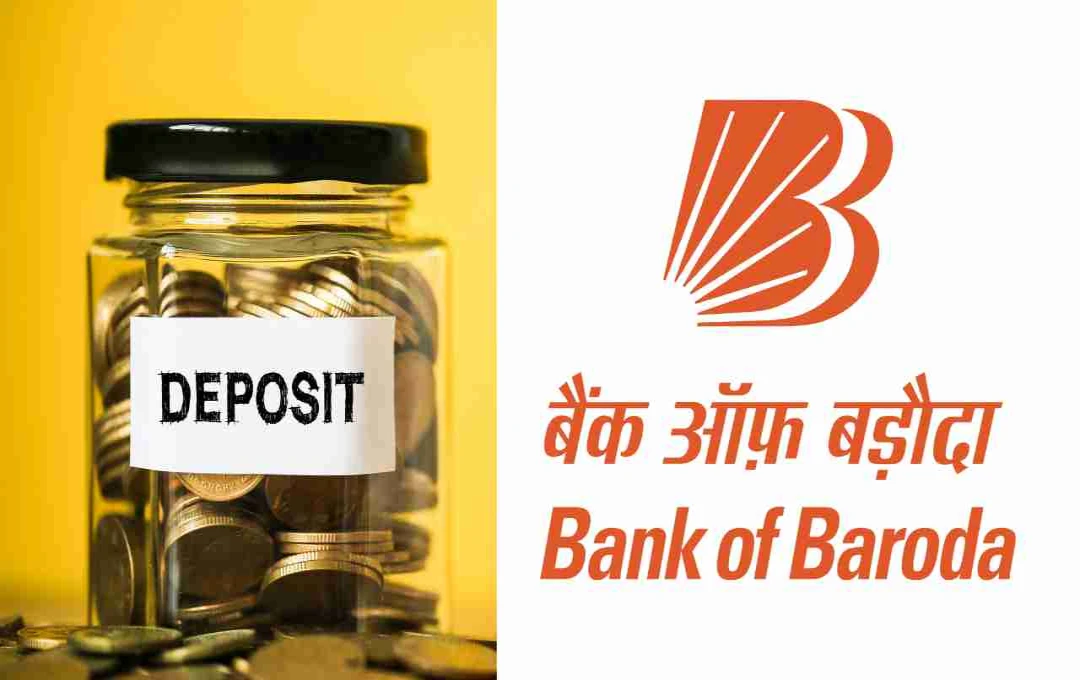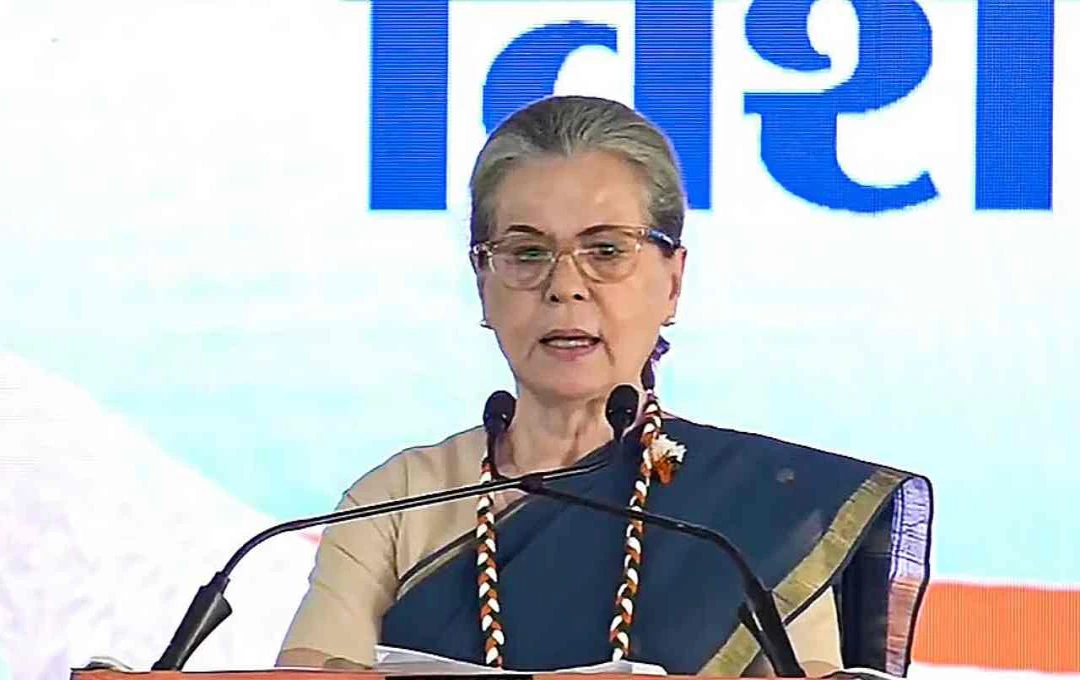According to a report by DBS Bank, India and China together will contribute over 30% to the Global GDP by the end of this decade. In India, the government and the RBI have taken steps such as tax cuts, interest rate reductions, and GST reforms, which will boost domestic consumption and investment, thereby maintaining economic stability amidst global changes.
The DBS Bank report states that India and China are once again on a path to becoming major forces in the global economy. It is estimated that by the end of the decade, the contribution of both countries to Global GDP will exceed 30%. India saw a GDP growth of 7.8% in April-June 2025, but domestic demand remained weak. To address this, the government has lowered income tax rates, the RBI has reduced interest rates, and GST reforms were implemented in September. These measures are expected to increase consumption and investment, enabling India to compete economically with the US and other countries.
India's Economic Momentum and Challenges
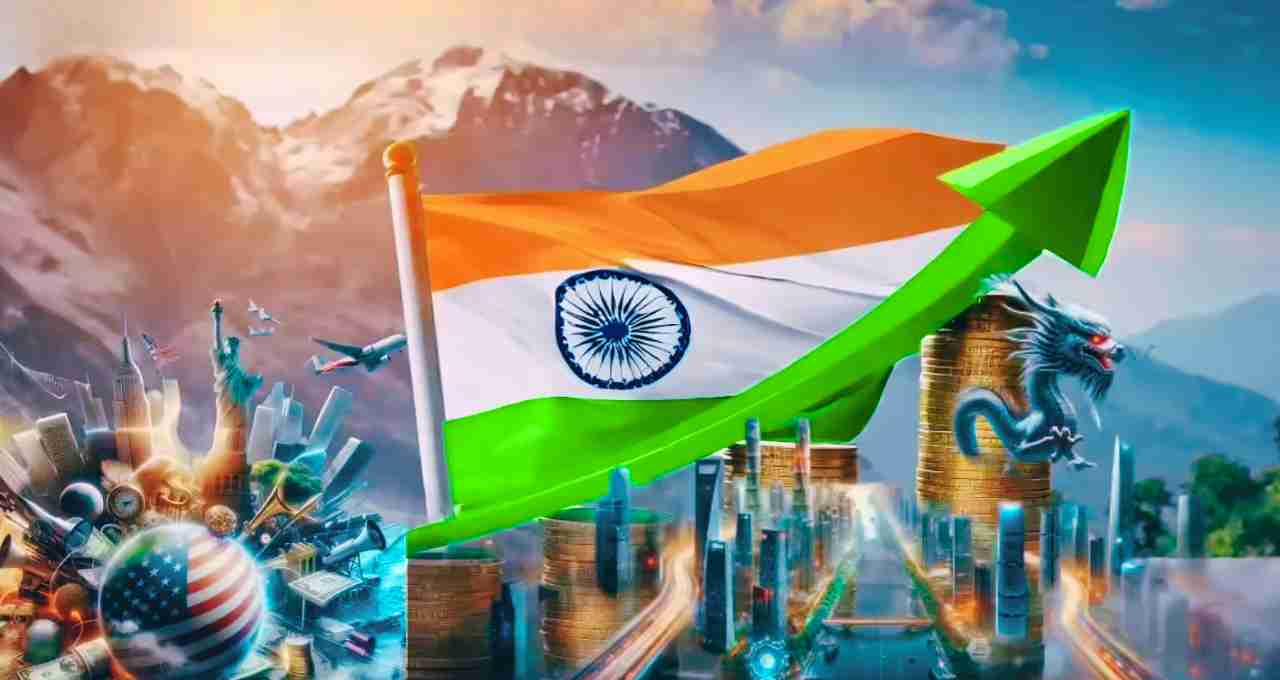
India's economy has shown strength in recent years, but some challenges have also emerged. In the April-June 2025 quarter, India's GDP grew at a rate of 7.8 percent. However, domestic demand did not show corresponding strength. Consumption of goods and services remained weak. The pace of investment also slowed down, and wages did not increase as expected.
People's savings decreased, and the growth in bank deposits and credit also reached a four-year low. The stock market also did not show the same momentum as before. These indicators made it clear that the government and policymakers would now focus more on boosting domestic demand.
Major Initiatives by the Government and RBI
To tackle this challenge, the government and the Reserve Bank have taken several significant steps since the beginning of 2025. In February, income tax rates were reduced to provide relief to the middle and lower-income segments. Subsequently, between February and June, the RBI reduced its policy interest rates by 100 basis points, making credit cheaper for individuals and companies, thereby encouraging investment.
In early September, GST reforms were implemented. The tax structure was simplified by removing several high tax slabs. These measures are expected to accelerate consumption, income, and investment.
New Opportunities in Global Trade
The report also indicated that the United States recently increased tariffs by up to 50 percent. This could impact sectors like pharmaceuticals and semiconductors. While India has maintained its trade relations with the US, it is now also focusing on exploring new opportunities with countries like Europe, Singapore, and China. This will help India to mitigate global economic shocks.
Combined Impact of China and India
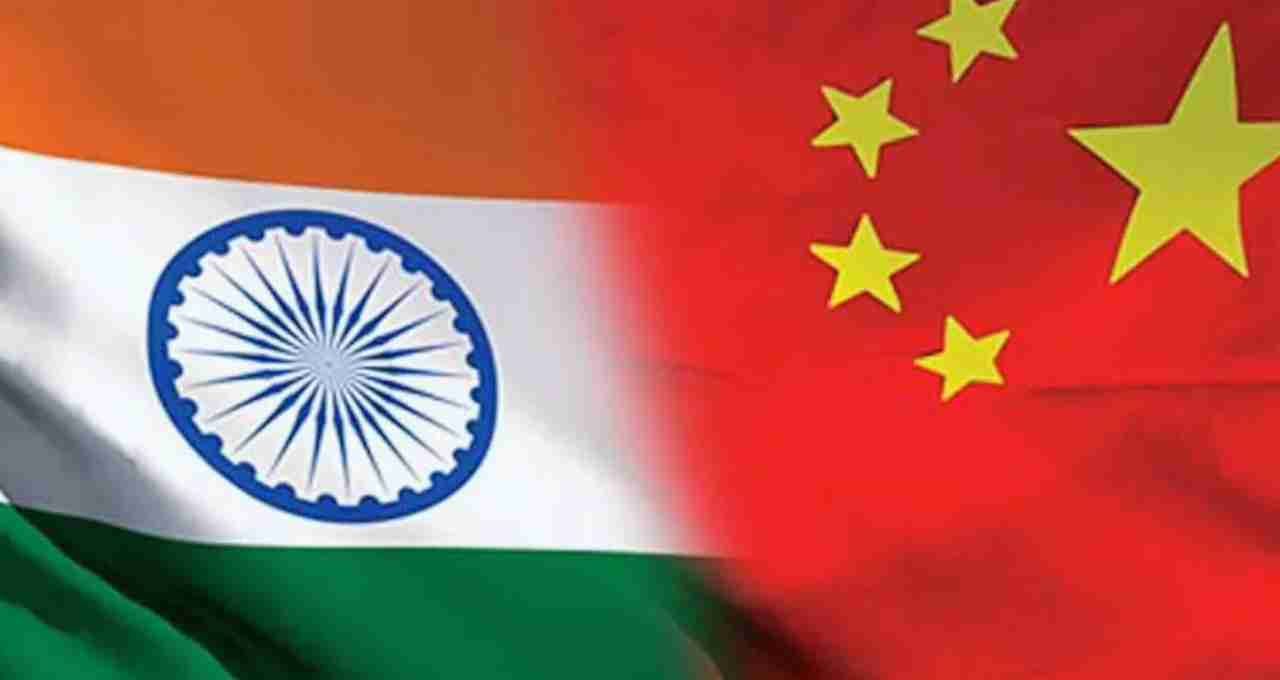
The DBS Bank report suggests that India and China, together, can alter the direction of the global economy. While Western countries have dominated since the 1960s, Asia's influence will grow in the coming years. Although the US economic grip will remain, the rapid growth of India and China can pose a b challenge to it.
The efforts of the Indian government and the RBI are aimed at ensuring that economic reforms are not just reflected in numbers but also impact the lives of common people. Measures such as tax concessions, interest rate reductions, and GST reforms are steps in this direction. These efforts will boost domestic consumption, create new employment opportunities, and sustain the country's economic strength.
Growing Role of Indian Companies
The strength of the Indian stock market has attracted foreign investors and multinational corporations. Many global companies are now planning to list their subsidiaries in India.
Simultaneously, Indian companies are also increasing their investments abroad. Indian companies are expanding their businesses through mergers and acquisitions (M&A) in countries like Japan and South Korea. This will provide them with new technology and global experience.
